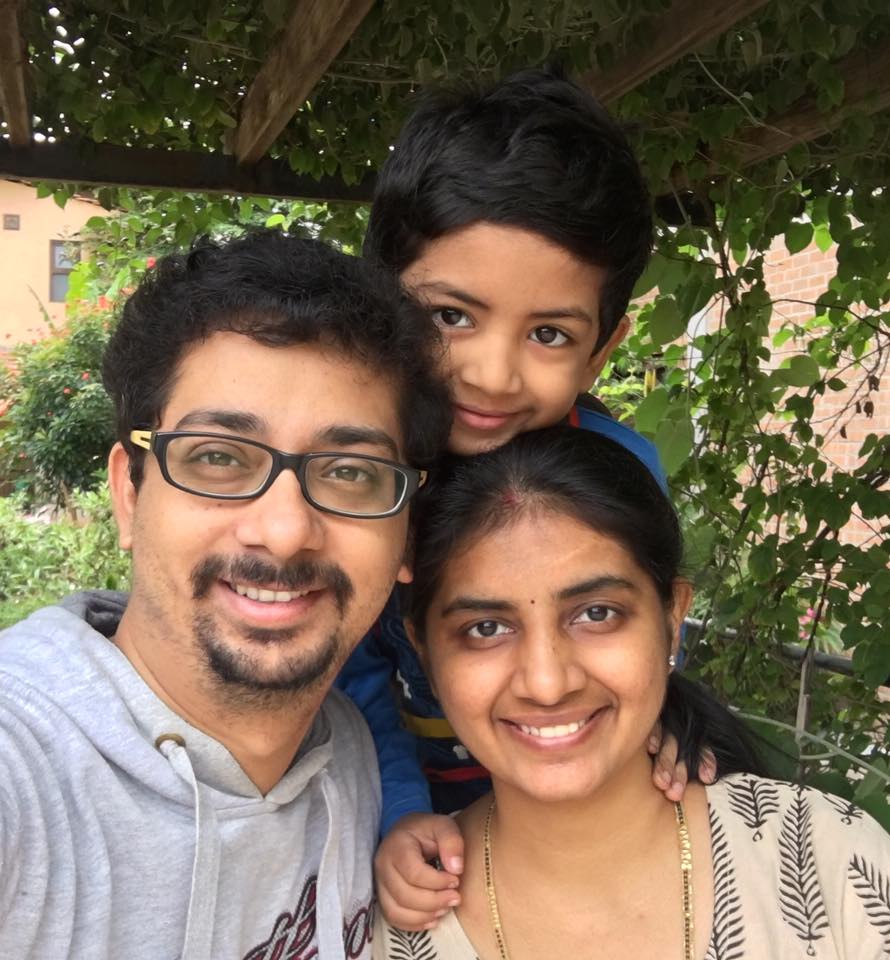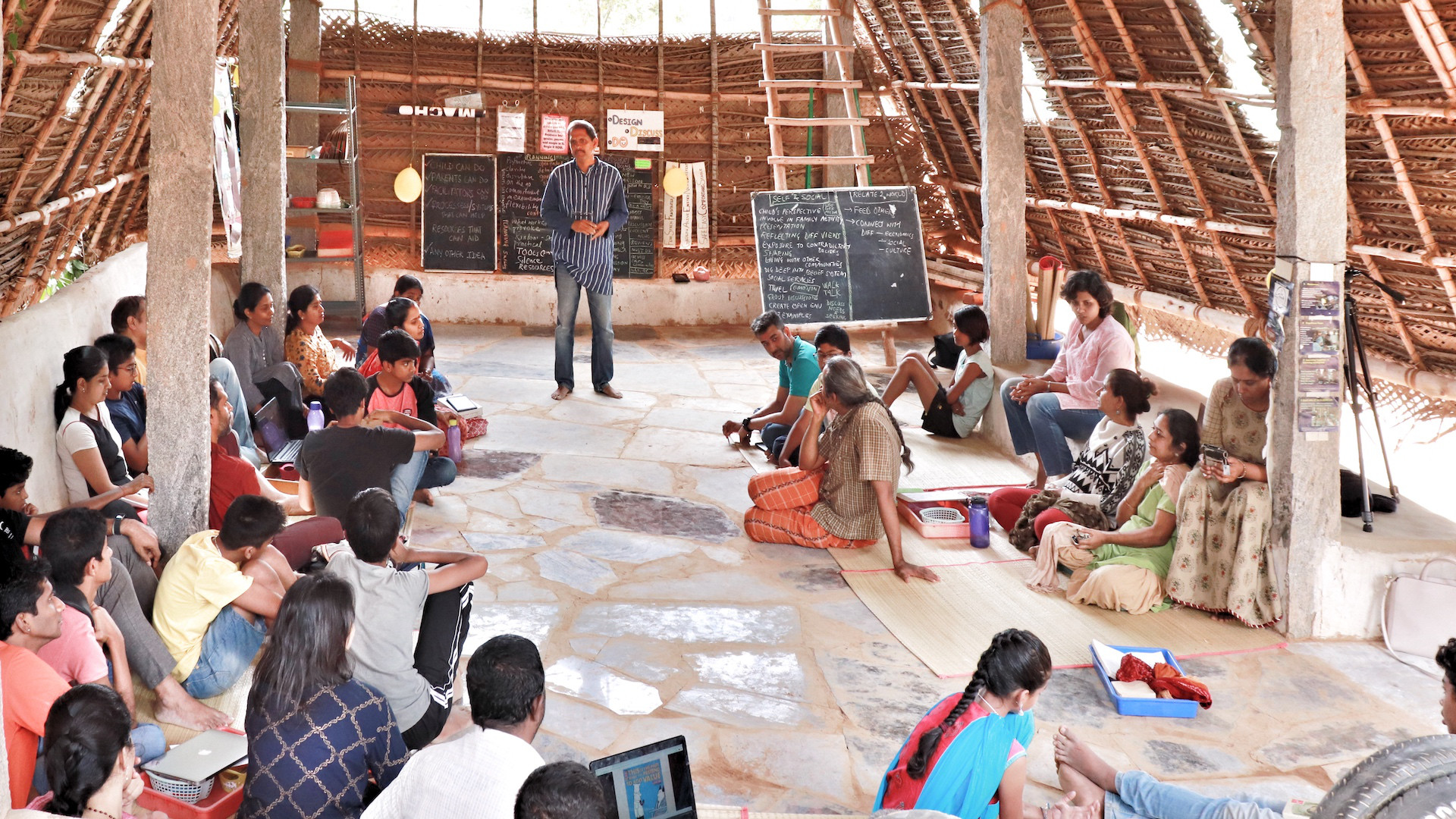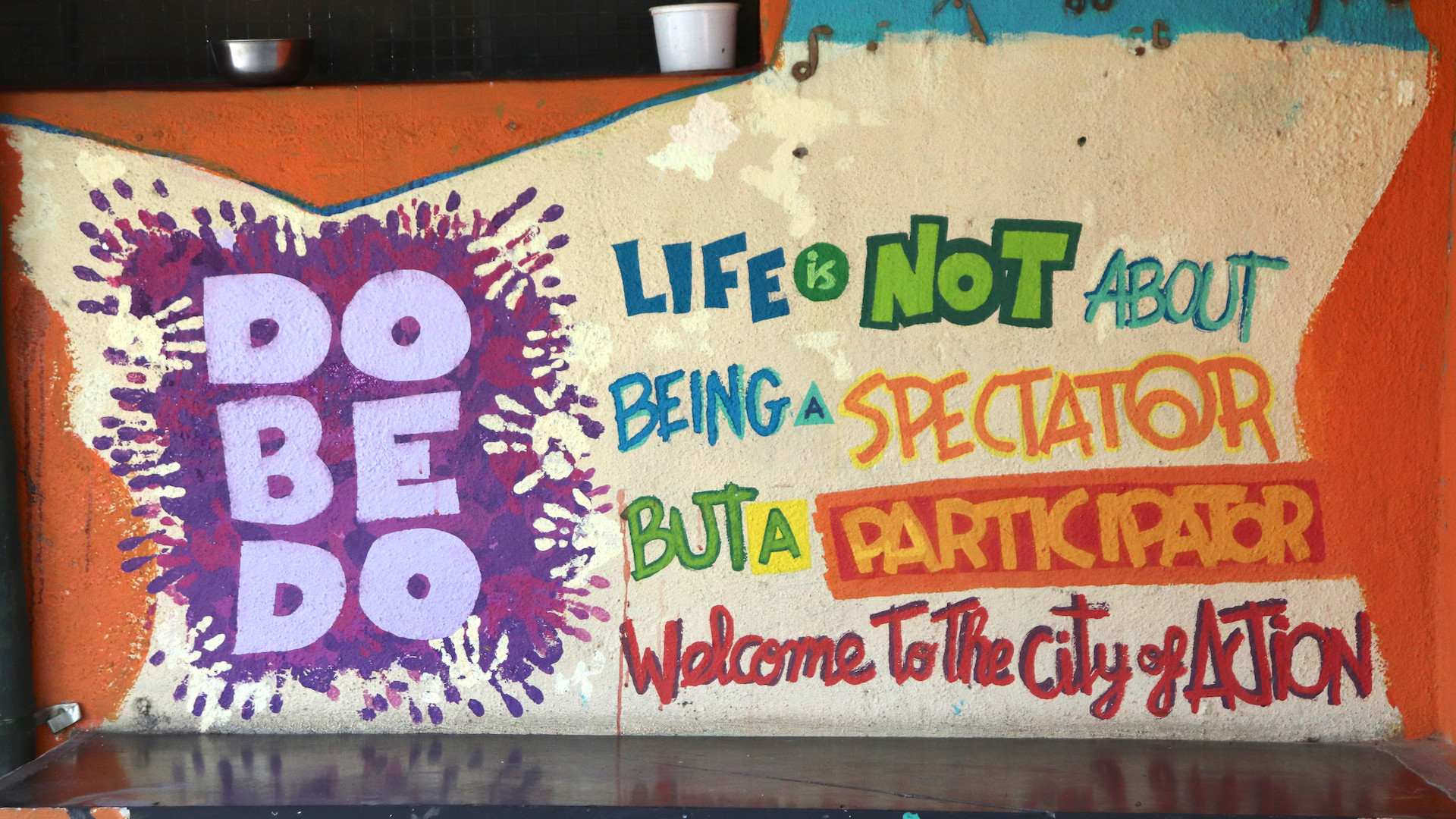My son, and by extension my wife and I, have been exploring the open-learning path. When he was very young and going to a Montessori play school, Nandini would research the various forms of “schooling”. Home Schooling, Unschooling, Road Schooling and so many other forms turned up in her study and research. Whenever Nandini shared about her research with me, I was amazed to know that there were so many forms of Schooling beyond sending children to school.
After a lot of study, she finally made up her mind that we should unschool our son. In all fairness, the term ‘unschooling’ is typically used when a learner has been to school for a significant period of time and then begins to not go to school but continue learning and development elsewhere (could be home, could be an ashram, could be anywhere).

Our son had gone to a ‘play school’ for all of two years, so whatever we planned to do with him was not ‘unschooling’ per se. Her idea was to adopt a ‘follow the child’ approach. Which means: we, as parents, work to put together an environment where he finds the inspiration, resources and the structure necessary to learn whatever he intends to learn. It could be anything from reading/writing to math, to even astro-physics, should it fancy him. We don’t believe that this is a better system than the conventional schooling system. It’s just a system we want to adopt.
When we started off on this journey in 2016, we found a great community in Aarohi.
For two years Nandini & Advay would go to Aarohi every alternative week and spend 5 days at a stretch in their O-Campus. Each week that they went there, she would observe how Aarohi provided an environment where every learner got a chance to (re)imagine their learning journey each week and pursue subjects of their choice. It could be carpentry, music, reading, writing, acting, filming, cleaning, gardening, playing, painting, drawing, story telling – just about anything a learner fancies. The goal posts could change each week, but it all had to fall under the ambit of the plans made by each learner for a given term.

Aarohi prefers using the term learner as opposed to student. The term student typically means “a person who is studying at a school or university.” Aarohi is neither a school nor a university. It is simply an environment where a community comes together to learn anything that fancies them. So there are no students at Aarohi, only learners. Being a learner is distinct from being a student. A student is handed over a structure, syllabus and a definite pathway. A learner on the other hand is asked to construct structure, syllabus and pathway as an act of existential choice.
A term in Aarohi is 5 weeks. There is a one week break between two terms, during which time learners inquire into specific areas they want to learn and develop in the coming term. Each week of the term, they have to pick up aspects to continue in that journey and pursue it. This model of learning was called “decide-do-reflect”. In practice, it shows up as “plan-do-reflect”; and if I may add rinse-and-repeat.
Plans could get captured in the form of time-tables, or a mind-map, or just a laundry list of things-to-do. While some planning sessions were open, some of them were structured and guided. Irrespective of how planning was done, learners got a chance to dream, imagine and get inspired by whatever syllabus they invented for themselves.

Once planned, they have to spend the rest of the week actually doing what they planned.
As much as we would like to think that learners would simply go about executing their plans in total inspiration, in reality they face a lot of challenges. These challenges range from personal mind blocks (a.k.a laziness, resistance, attention or focus deficit and so on), to lack of resources (books, materials, teachers and so on), to lack of metrics to measure progress and more.
Rather than patching up these challenges by presenting everything readymade, Aarohi lets its learners confront or face these challenges head on. It is supremely important for a learner to know-by-experience that, while she/he can plan anything, the world and one’s own human machinery presents challenges when it comes to executing that plan. Generating the energy to face these challenges is an important part of being a learner. This is where learning-environment and reflection comes in.
Every schooling system provides an environment to help its learners go face challenges that naturally come along with learning. Schools have a grading system along with system of consequences for providing the necessary impetus to keep learners on track. I remember how I would put in extra hours of study should my mid-term-grades drop too low. Teachers would pay extra attention to me, my parents would track my school and home work more and so on. All of this would help me buckle up and get better. Like I said, every schooling system provides an environment to help its learners face challenges.
Open learning environments have to provide for this as well. While the environment at Aarohi provides the necessary stimulus to the learner to generate the energy required to face these challenges and go beyond the resistance, reflection generates the awareness in the learner to on-goingly generate that energy by herself/himself. At Aarohi, learners work with facilitators to track their learning journey. Learners meet with their facilitators regularly and share their progress. Facilitators in turn question, challenge, push, nudge, suggest, mentor and do whatever else is necessary to keep the learner on track. In fact other-learners make up for a big chunk of the environment. Noticing other learners progress in their learning journey can sometimes provide a subtle competitive energy to progress in one’s own learning journey.
In any case, the stress is on doing. No wonder this is what you see at Aarohi almost immediately after you enter the campus.

After planning and doing, the next important aspect of learning is reflection.
Reflection is exactly that – looking at oneself (in the mirror) and observing and contemplating on the same.
We can and do reflect on many things – what I did? how I did? why I did? how I felt? what were the consequences or results? what others did? what all I observed? what else happened? how all this affected me? and so on.
There is no specific reason why one would reflect – though we presume that any doing or experience will lead to learning only when we think about it.
When you believe that the best learning comes, not from textbooks or classes (thats knowledge), but from experiencing (thats life) – then reflection becomes the core to that learning. In other words reflection is core to wise living.
Source: https://aarohilife.org/home/resources/why-reflection-important-learning-and-ways-doing-it
There are ways to reflect effectively. My personal experience has been to start reflecting by journaling, pondering and so on. But then slowly graduate to use one or more of the several reflection tools put together by experienced open-learners. Aarohi’s website has several reflection tools documented, but you can Google to know more. Reflection allows a learner to pause, take stock of the progress made and more importantly take stock of the one-who-did-the-progress. Because, let’s face it, ultimately any progress has to be made by the learner herself/himself. So it pays to know the learner. Reflection is a powerful way of knowing the learner.
While it works to reflect in solitude, it is really powerful to reflect with others. There are things about ourselves we cannot see without the help of others, so it pays to generate the vulnerability required to reflect with others. Sharing the day’s progress with a fellow open-learner and seeking feedback allows one to notice blind-spots that could be very difficult to notice all by oneself. Listening to another learner and providing feedback is equally important. It is a learning in itself to generate the willingness to support another learner.

As our son Advay turns 9 in June; Nandini, Advay and I continue to be open-learners, even though we don’t visit Aarohi OCampus that often. We are still a part of the community of learners at Aarohi via its Aarohi-X programme.

Advay’s first term has just started. Logic design, building a calculator, writing a screenplay, designing a human-quad-copter, craft, reading, writing, math and gardening are among the things he has picked up to explore during this term. Its a brand new journey of discovery for Nandini & I as we support him in his learning journey. We have already realised that the tools, practices and strategies we we using up until last year for supporting him; just won’t work this year. We got to reflect and be a bigger stand for his learning this year.
COVID19 has shaken the world like never before. A lot of things that were assumed to be so are being reexamined now. One such area is education. Many parents are now looking to alternative ways for continuing education for their children. Home-schooling, unschooling and open-learning are all options that many parents are now actively considering.
If you are looking to know about open-learning or even jump into it, Aarohi has a new program called Aarohi-X. Its a program that allows you to be a part of the community of learners at Aarohi, while not being required to visit the O-Campus. You can sign up for a term of Aarohi-X and see for yourself if Open Learning works for you. Along with Aarohi-X, they also offer Jagriti – a set of eleven 3-hour sessions on what it means to be a learner in order to nurture a learner.
I want to finally sign off this video. It captures the essence of what the community at Aarohi is exploring. #ThisIsUs.